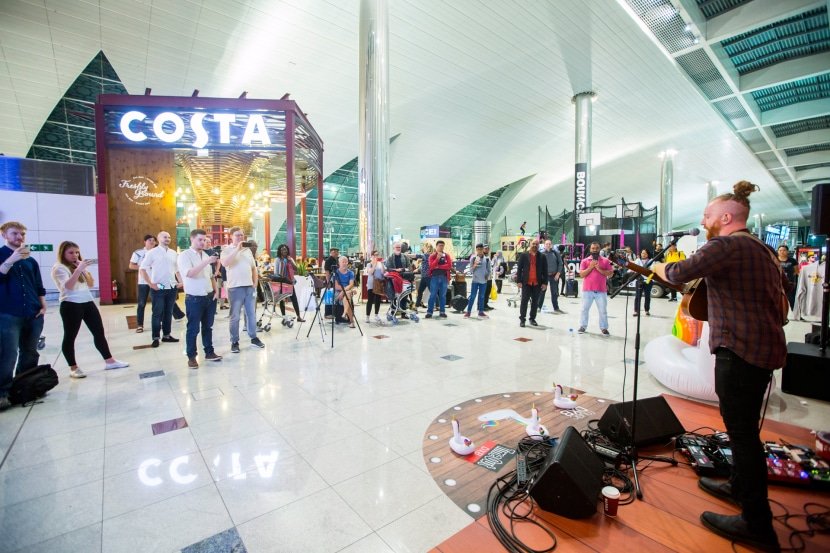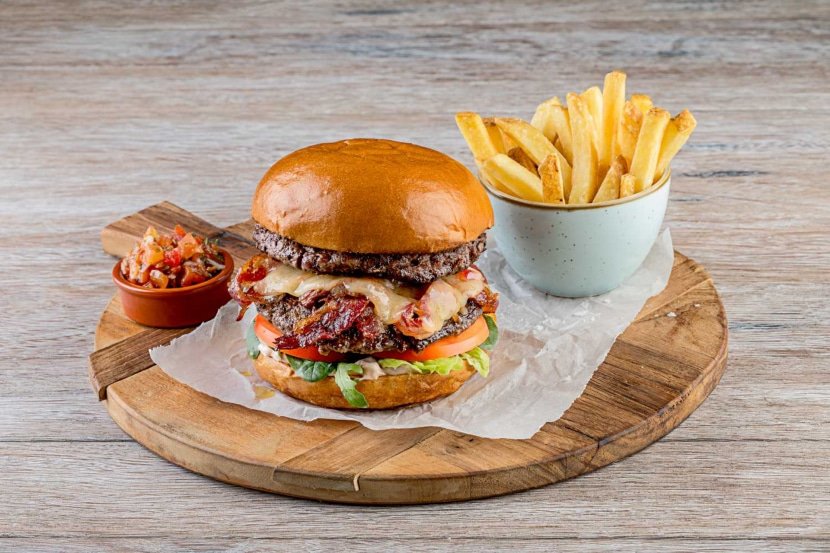
Over the next 5-7 years, Dubai International Airport (DXB) is set to undergo a Dh6 billion to Dh10 billion renovation, solidifying its position as the busiest global international hub.
The ambitious project will encompass novel commercial collaborations, increased lounge capacity, enhanced circulation areas, revamped remote gate operations, and cutting-edge technological integration, all aimed at evolving DXB into a comprehensive ‘smart’ airport, as outlined by CEO Paul Griffiths of Dubai Airports.
These initiatives by DXB are focused on furthering growth over 10-15 years until the hub reaches maximum capacity. Then, operations would be expanded to Dubai’s second hub – Al Maktoum International Airport (DWC). While DXB can hold up to 118-120 million passengers, DWC can handle approximately 26.5 million passengers currently with the potential to surge to 240 million after finishing its Phase 2 expansion.
Eventual move to DWC
“The short-term goal is to invest significant amounts in expanding the operation at Dubai International Airport,” said Griffiths. “There will come a period where you’ve used all of the available capacity at DXB, plus the 32 million passengers annually we’ve got at DWC,” he said. “Beyond that phase, we are going to have to look at the longer term for the new airport by the mid-2030s.
Although a specific timeline for the intended shift of operations to DWC is yet to be decided, Griffiths said that the timing hinges on the influx of additional airlines to the market. “We’ve got a deliberate policy to differentiate the price of operation between DXB and DWC to incentivise airline traffic at DWC. But there’s traffic and capacity demand at DXB, and we can satisfy that demand. That’s where the airlines would prefer to be in the short-term.”
Asked when Emirates airline could potentially move its operations to DWC, Griffiths said, “We’ve got to have a lot more capacity available at DWC before that’s possible, and we don’t think we’re going to be able to develop that before the mid-2030s.
Transformation plan for DXB
DXB’s CEO said the short-term transformation plans for Dubai’s second airport include boosting passenger capacity, refining lounges, and enhancing service delivery. The strategy consists of increasing the number of check-in stands to improve passenger processing capacity and improve the quality of lounges.
Griffiths said the airport is also testing a new scanning machine where passengers will not have to remove liquids or laptops from their bags.
“What we are doing now is re-planning all our internal spaces to create better circulation areas to create more space for our guests,” said the CEO. “And you will see the co-location of restaurants and coffee shops with seating areas in bigger spaces to make it more comfortable for our passengers.”
The aim is to break away from the conventional approach of segregating areas. The vision entails creating open gate rooms, enabling passengers to move freely, shop, dine, and socialise before their flights. This transformation will provide a contemporary experience, moving away from closed gate rooms behind glass barriers.
Retail partnerships
DXB is partnering with retailers, including launching the first airport store for sustainable clothing brand Pangaia. “Notably, they’re supporting a global bee-saving initiative, which we will partner with, “ Griffiths said. More ventures are on the horizon, featuring collaborations with external retailers. The CEO added that the aim is to consistently update customer offerings, staying trendy and maximising revenue per square metre


